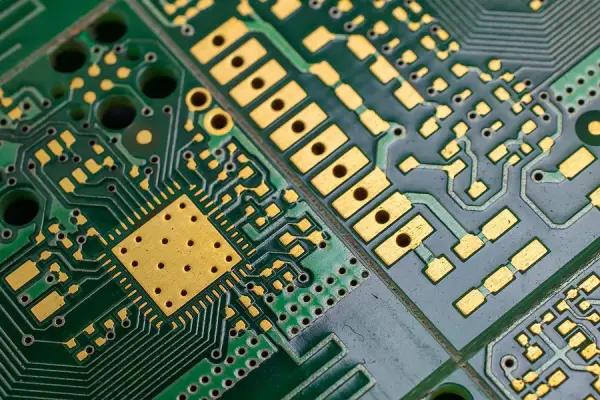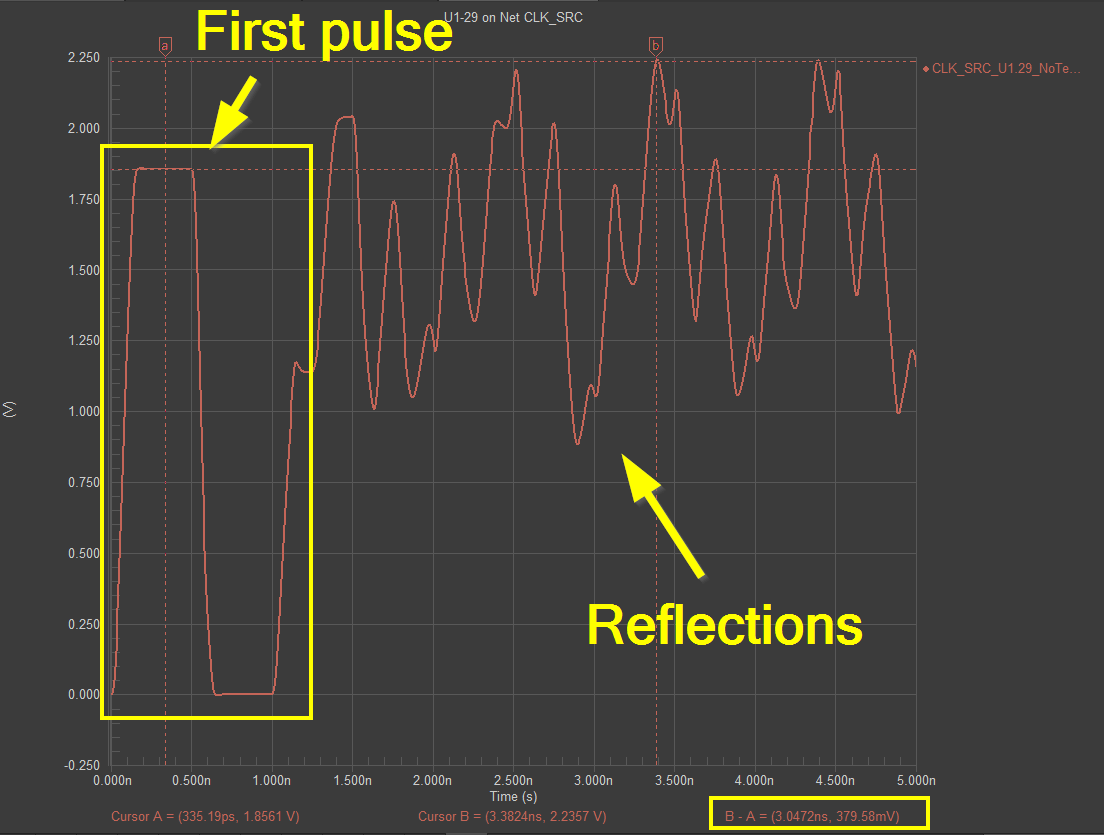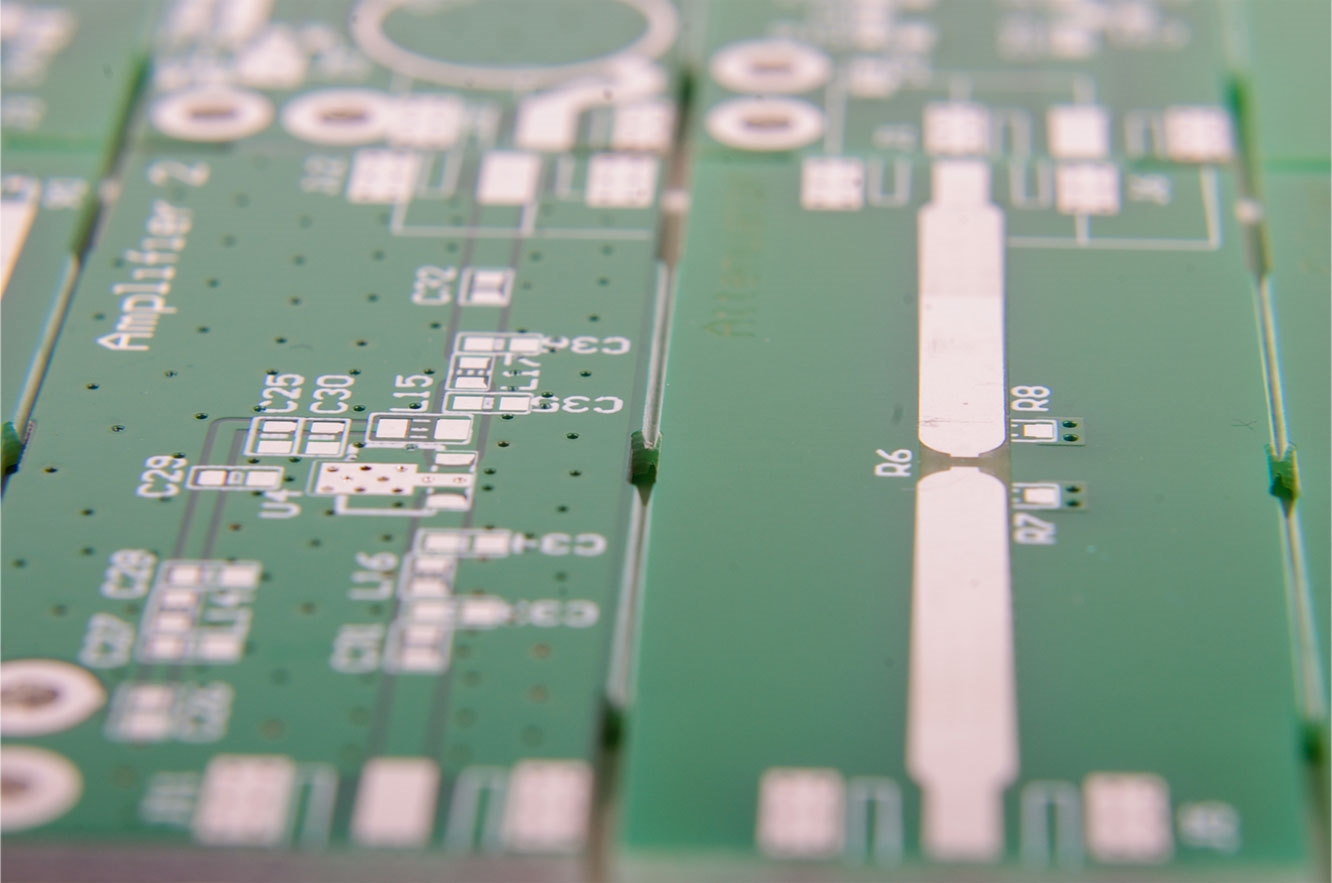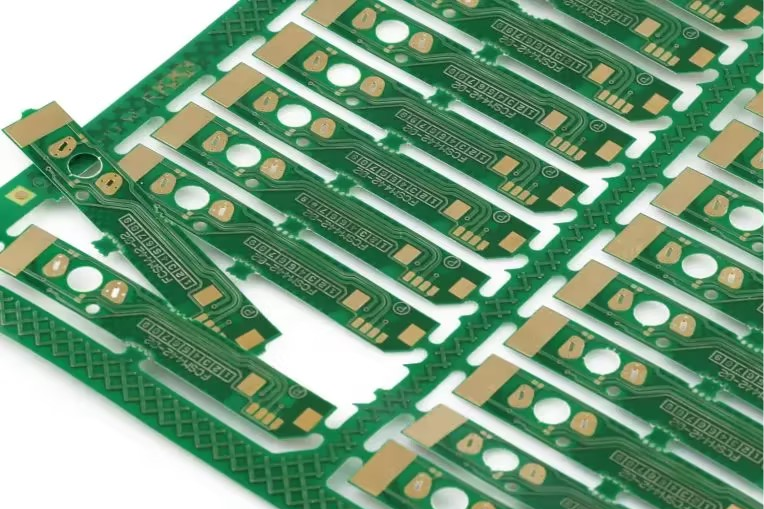Printed Circuit Boards (PCBs) are the backbone of modern electronics, but a hidden threat can silently destroy their performance: electrochemical migration (ECM). If you've ever wondered why your PCB fails unexpectedly, the answer often lies in inadequate cleaning. ECM on PCBs is a process where metal ions migrate between conductors, creating short circuits and failures. In this blog, we'll explore how poor PCB cleaning contributes to ECM, the importance of proper cleaning for ECM prevention, and actionable steps like testing for ECM after cleaning and conducting root cause analysis of ECM in electronics. Let's dive into this critical topic to help you protect your designs and ensure long-term reliability.
What Is Electrochemical Migration on PCBs?
Electrochemical migration, or ECM, is a phenomenon where metal ions dissolve and move across a PCB surface under the influence of an electric field, often forming dendritic structures. These structures can bridge conductors, leading to short circuits and catastrophic failures. ECM typically occurs in the presence of moisture, contaminants, and an electrical potential difference. For instance, a PCB operating at 5V with a spacing of just 0.1mm between conductors can experience rapid dendrite growth in humid conditions, dropping resistance to near zero in seconds.
The primary factors driving ECM on PCBs include humidity levels above 60%, ionic contaminants like flux residues, and the voltage applied across conductors. Without proper cleaning, residues from manufacturing processes—such as soldering flux or handling oils—can absorb moisture, creating a conductive path that accelerates ECM. Understanding this process is the first step in preventing ECM in PCBs and avoiding costly failures in your electronic devices.
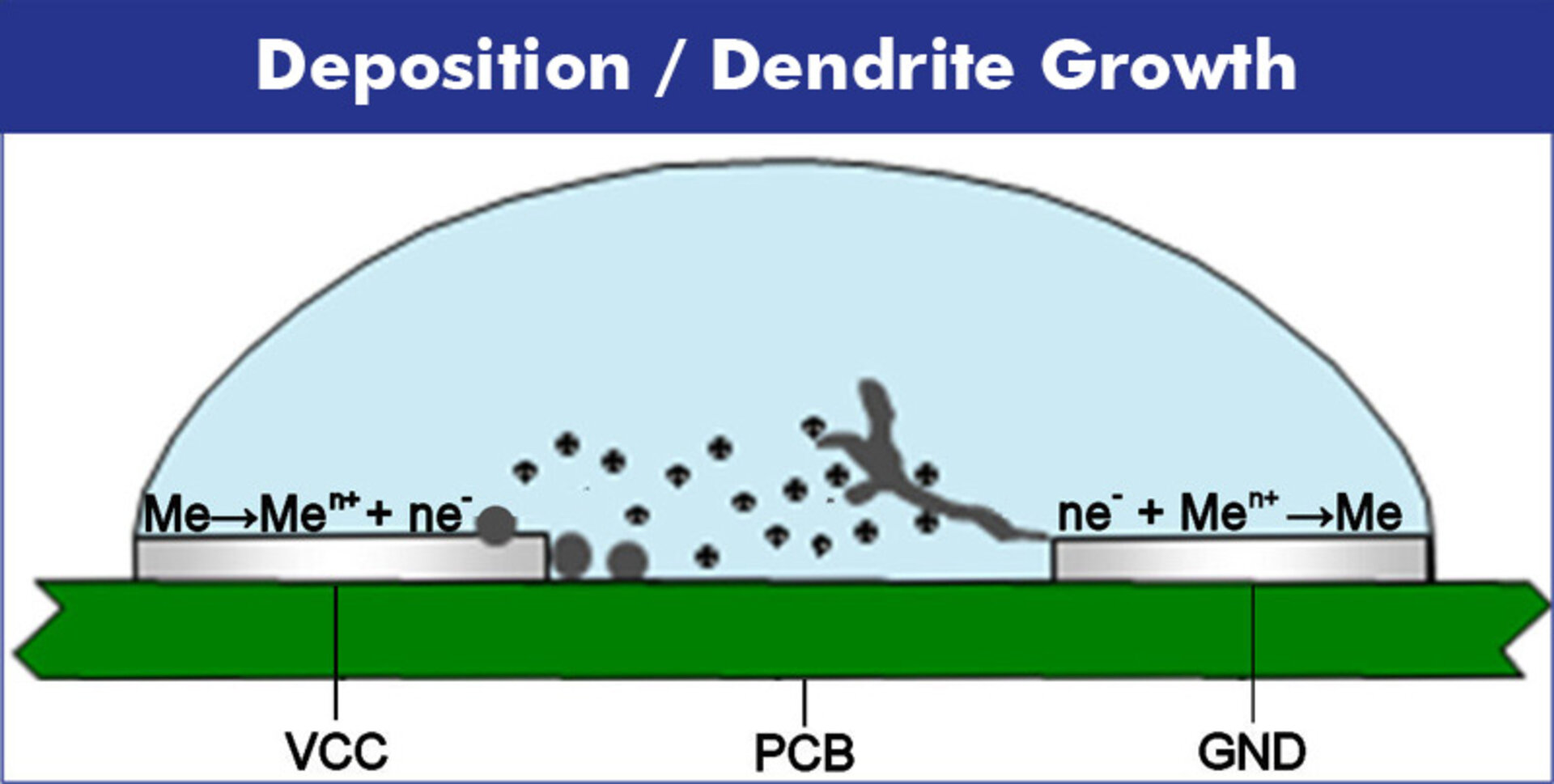
Why Inadequate PCB Cleaning Fuels Electrochemical Migration
During PCB manufacturing, various contaminants like flux residues, dust, and fingerprints are often left on the board. If not properly cleaned, these contaminants act as catalysts for ECM. Flux residues, for example, are often ionic and hygroscopic, meaning they attract water from the environment. In a high-humidity setting (above 80% relative humidity), this moisture combines with the residues to form a conductive electrolyte solution. When a voltage—say, 3.3V or higher—is applied, metal ions from the anode dissolve and migrate to the cathode, forming conductive paths.
Studies have shown that uncleaned PCBs can experience ECM-induced failures up to 50% faster than properly cleaned ones under identical conditions. The risk is especially high in applications like automotive or medical electronics, where reliability is non-negotiable. Inadequate cleaning not only shortens the lifespan of a PCB but also increases the likelihood of field failures, leading to expensive recalls and damaged reputations.
The Consequences of Ignoring PCB Cleaning for ECM Prevention
Failing to prioritize PCB cleaning for ECM prevention can have dire consequences. Imagine a control board in an industrial machine operating at 24V with fine-pitch components (0.05mm spacing). If ECM occurs due to uncleaned flux residues, a short circuit could cause the machine to malfunction, leading to downtime costing thousands of dollars per hour. In worse scenarios, such as in aerospace or medical devices, ECM-induced failures could result in life-threatening situations.
Beyond immediate failures, ECM can cause intermittent issues that are hard to diagnose. For instance, a partial short might degrade signal integrity, reducing data transmission speeds from 1Gbps to below 500Mbps in high-speed circuits. These subtle degradations often go unnoticed until they escalate into complete failures, making proactive cleaning and prevention essential.
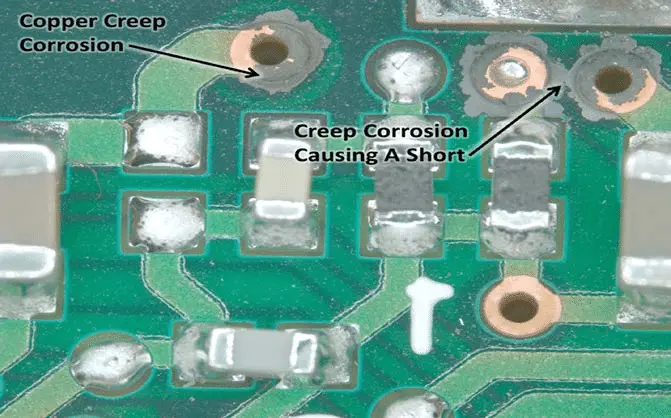
How to Prevent ECM in PCBs Through Proper Cleaning
Preventing ECM in PCBs starts with a robust cleaning process. The goal is to remove all ionic and non-ionic contaminants that could contribute to ECM under operational conditions. Here are actionable steps to ensure effective cleaning:
- Use Appropriate Cleaning Methods: Employ aqueous or solvent-based cleaning systems depending on the type of flux and residues. Aqueous cleaning with deionized water is often effective for water-soluble fluxes, while solvent-based cleaning works for rosin-based fluxes. Ensure the cleaning agent matches the residue type to avoid leaving behind harmful traces.
- Control Cleaning Parameters: Monitor factors like temperature (typically 40-60°C for aqueous cleaning) and pressure to ensure thorough residue removal without damaging components. Overheating or excessive pressure can harm delicate parts or coatings.
- Dry Thoroughly: After cleaning, use forced air or baking at 80-100°C for 30 minutes to remove moisture. Residual moisture can still facilitate ECM, especially in humid environments.
- Apply Conformal Coating: Post-cleaning, apply a conformal coating to act as a barrier against moisture and contaminants. A coating thickness of 25-75 micrometers can significantly reduce ECM risks by limiting exposure to environmental factors.
Implementing these steps can reduce the likelihood of ECM by up to 70%, based on industry studies of cleaned versus uncleaned boards under accelerated testing conditions (85°C/85% relative humidity).
Testing for ECM After Cleaning: Ensuring Reliability
Cleaning alone isn’t enough; testing for ECM after cleaning is crucial to verify the effectiveness of your process. Without testing, latent contaminants or insufficient cleaning might go undetected until they cause failures in the field. Here are key testing methods to consider:
- Surface Insulation Resistance (SIR) Testing: Measure the insulation resistance between conductors using a high-voltage source (typically 100V). A cleaned PCB should show resistance values above 10^8 ohms. A drop below this threshold indicates potential ionic contamination that could lead to ECM.
- Highly Accelerated Stress Testing (HAST): Expose the PCB to extreme conditions, such as 85°C and 85% relative humidity, while applying a bias voltage (e.g., 5V). Monitor for dendrite formation or resistance drops over 96-120 hours. HAST can reveal ECM risks in days rather than months.
- Visual Inspection: Use a microscope at 10x-50x magnification to check for residual contaminants or early signs of dendritic growth. While not as conclusive as SIR or HAST, it’s a quick way to spot obvious issues.
Regular testing ensures that your cleaning process is effective and helps catch issues before they escalate. For high-reliability applications, combining SIR and HAST can provide a comprehensive assessment, reducing failure rates by up to 80%.
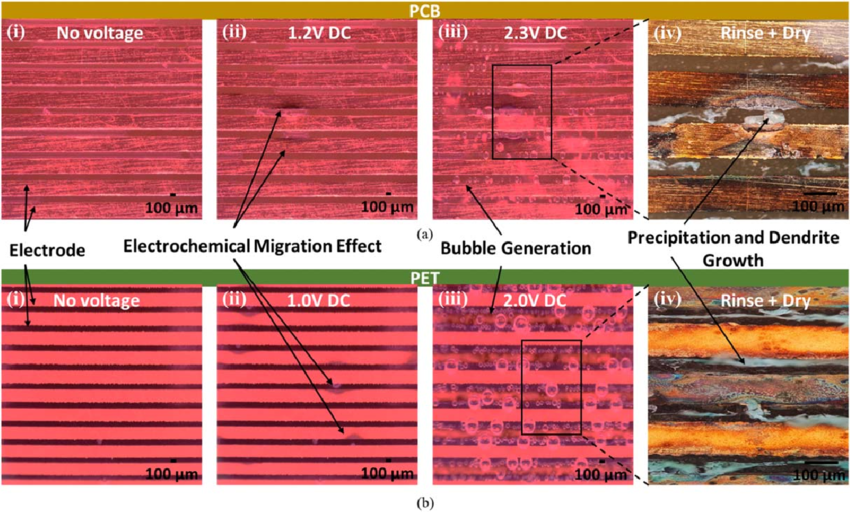
Root Cause Analysis of ECM in Electronics: Getting to the Source
When ECM occurs, conducting a root cause analysis of ECM in electronics is vital to prevent recurrence. Identifying the source of the problem allows you to refine your processes and improve reliability. Follow these steps for an effective analysis:
- Document the Failure: Record the conditions under which the failure occurred, including voltage (e.g., 12V), humidity levels (e.g., 90%), and operating duration. Note any visible signs like corrosion or dendrite formation.
- Analyze Contaminants: Use techniques like Ion Chromatography to identify the type and concentration of ionic residues on the PCB. Common culprits include chloride or sulfate ions from flux residues, often present at levels above 1 microgram per square centimeter.
- Review Cleaning Process: Check if cleaning parameters—temperature, duration, or agent type—were insufficient. For example, cleaning at 30°C instead of 50°C might leave residues behind.
- Assess Environmental Factors: Evaluate storage and operating conditions. A PCB stored in an uncontrolled environment with humidity above 70% is more prone to ECM, even if cleaned.
- Implement Corrective Actions: Based on findings, adjust cleaning protocols, improve storage conditions, or enhance conformal coatings. Monitor subsequent batches to confirm the issue is resolved.
A thorough root cause analysis can reduce future ECM incidents by pinpointing specific weaknesses in your process, whether it’s inadequate cleaning or environmental exposure.
Best Practices for Long-Term ECM Prevention
Beyond cleaning and testing, adopting broader best practices can further safeguard your PCBs against ECM. Consider the following strategies:
- Design for Reliability: Increase spacing between conductors (e.g., from 0.1mm to 0.2mm) to reduce the risk of dendrite bridging. Wider spacing can delay ECM onset even if contaminants are present.
- Use Low-Ionic Materials: Select soldering fluxes and materials with low ionic content to minimize contamination risks. No-clean fluxes, while convenient, should be avoided in high-reliability applications unless thoroughly removed.
- Control Operating Environment: Where possible, operate or store PCBs in environments with humidity below 50% and temperatures between 20-25°C. Dehumidifiers or sealed enclosures can help in challenging conditions.
- Regular Audits: Conduct periodic audits of your manufacturing and cleaning processes to ensure consistency. Even small deviations, like a 5°C drop in cleaning temperature, can compromise results.
These practices, combined with diligent cleaning and testing, create a multi-layered defense against ECM, ensuring your PCBs perform reliably over their intended lifespan.
Conclusion: Protect Your PCBs from the Silent Killer
Electrochemical migration on PCBs is a silent killer that can wreak havoc on electronic devices, but it’s preventable with the right approach. Inadequate PCB cleaning is a primary driver of ECM, as contaminants like flux residues create the perfect conditions for metal ion migration. By prioritizing thorough cleaning for ECM prevention, testing for ECM after cleaning, and performing root cause analysis of ECM in electronics, you can significantly reduce failure risks.
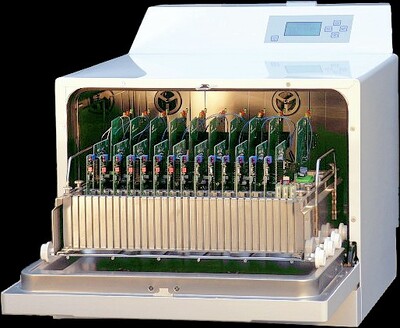
 ALLPCB
ALLPCB


